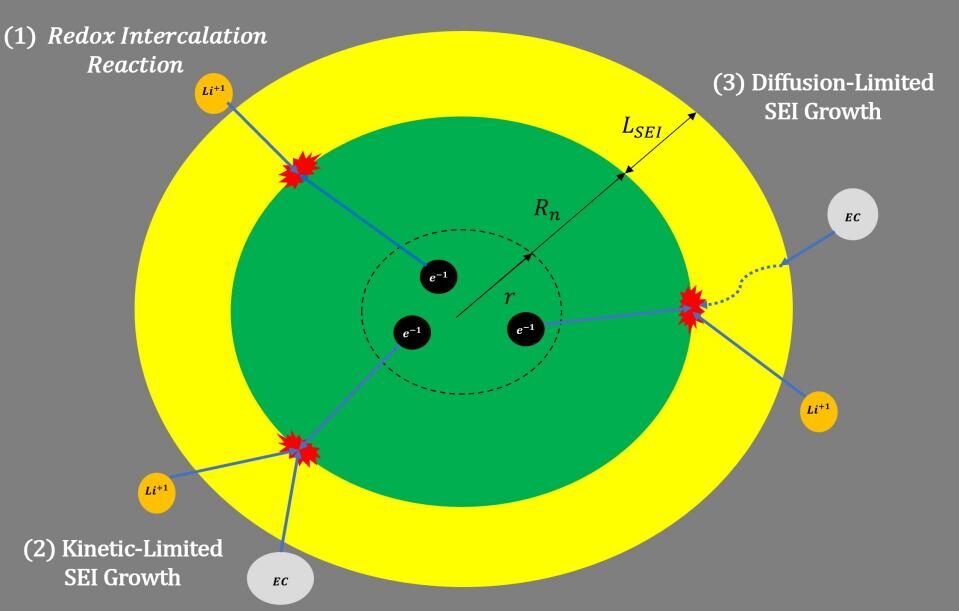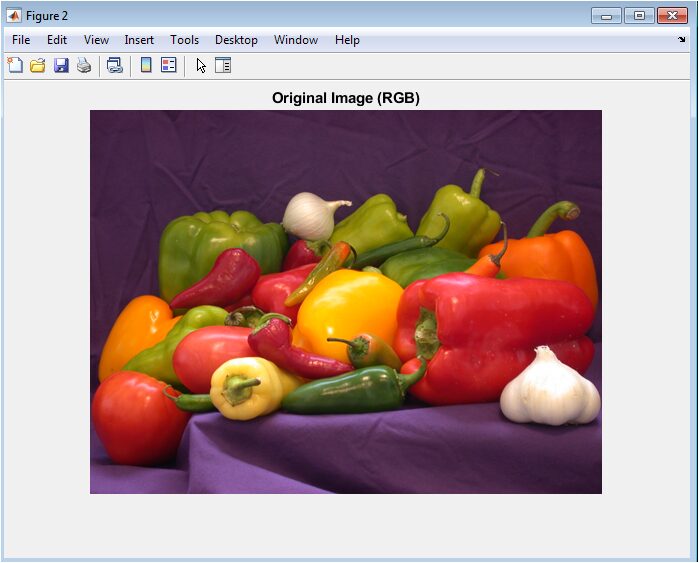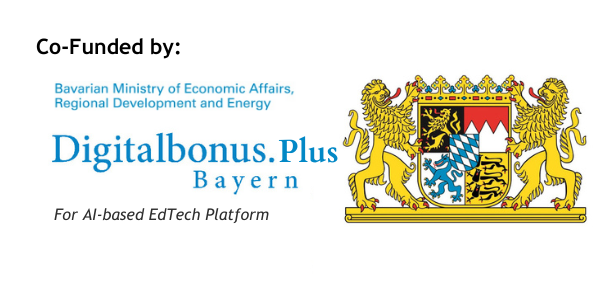Why Software Architecture Matters?

🗂️ Good Architecture functions as an information management system.
Its main purpose is to provide a foundation for data to flow effectively.
Effective Data Flow means that information can easily be retrieved from one point and provided to another. It always chooses the most direct way, and it should furthermore allow its stakeholders to adapt to any type of situation as reality is almost always unpredictable.
💡Good architecture is self-explanatory, meaning that ideally no internal knowledge about the system is required for an external user to interact with it.
🧱Good architecture supports writing well defined modules and punishes misuse. It therefore acts as a natural guide for every new developer directing him/her with the result of minimizing mistakes.
🐞Good architecture helps during error management, providing important insight into the system state. It traces the state changes over time and allows seamless traces of the conveyed information and its impact.
📈Good architecture should at least keep your development speed constant over time.
Very good architecture increases your speed constantly.
Excellent architecture increases the speed of everyone working with it nearly in linear manner leading to an exponential grow of data written in it.
![]()
Keywords: Clean Code, Software Architecture













Responses